Description
Appearance: Dried sage typically comes in crushed or whole leaf form. Crushed sage appears as small, coarse pieces, while whole leaf sage consists of intact leaves that have been dried.
Aroma: Dried sage has a distinct, warm, and slightly bitter aroma. It’s often described as woodsy or peppery.
Flavor: The flavor of dried sage is robust, savory, and slightly astringent. It adds depth and complexity to dishes, often with hints of eucalyptus and mint.
How to Use
Culinary Use: Dried sage is a versatile herb commonly used in cooking. It pairs well with poultry, pork, beef, and sausage dishes. It’s also a key ingredient in stuffing, soups, stews, and sauces. Additionally, it can be used to flavor bread, biscuits, and other baked goods.
Herbal Tea: Sage tea is a popular herbal infusion made by steeping dried sage leaves in hot water. It’s believed to have various health benefits, including soothing sore throats and aiding digestion.
Seasoning: Dried sage can be used as a seasoning for vegetables, such as roasted potatoes or squash. It adds a savory element to dishes like risotto or pasta.
Garnish: Whole sage leaves can be used as a decorative garnish for dishes, adding both visual appeal and flavor.
Storage Instructions
- Store dried sage in an airtight container, away from light and heat, to preserve its flavor and aroma.
- Keep it in a cool, dry place, such as a pantry or cupboard.
- Properly stored, dried sage can maintain its quality for up to one year.
- However, like all dried herbs, its flavor will gradually diminish over time, so it’s best to use it within six months to a year for optimal taste.
- Avoid storing sage near strong-smelling spices or ingredients, as it can absorb other odors.
Related product
Copyright 2023 © TheSpiceMan. All Rights Reserved. Develop By ZABS Creatives

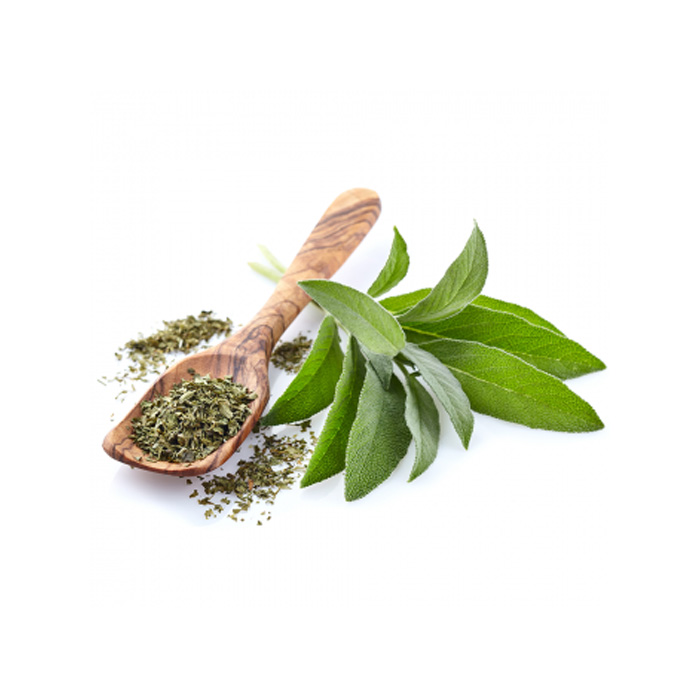
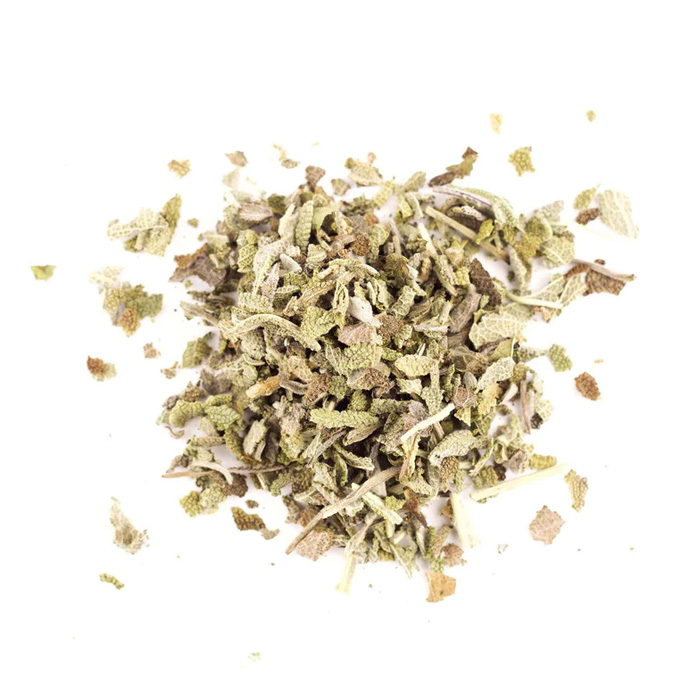
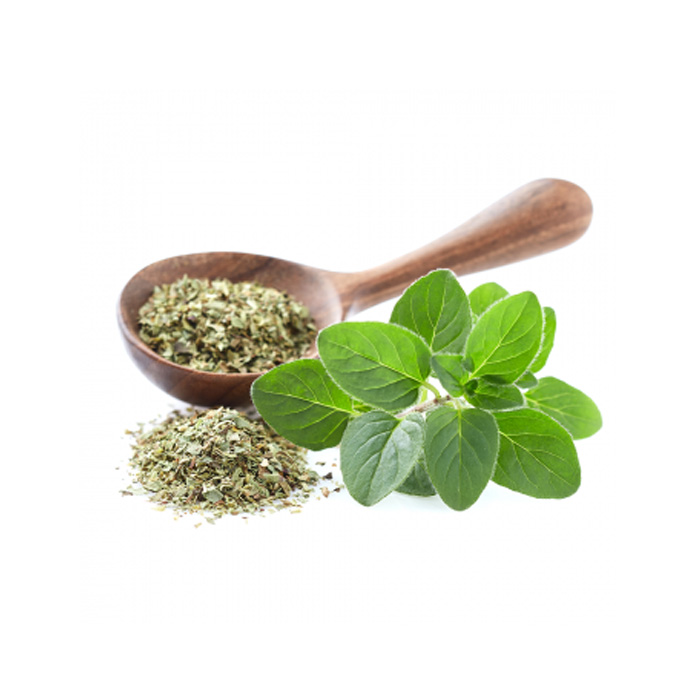
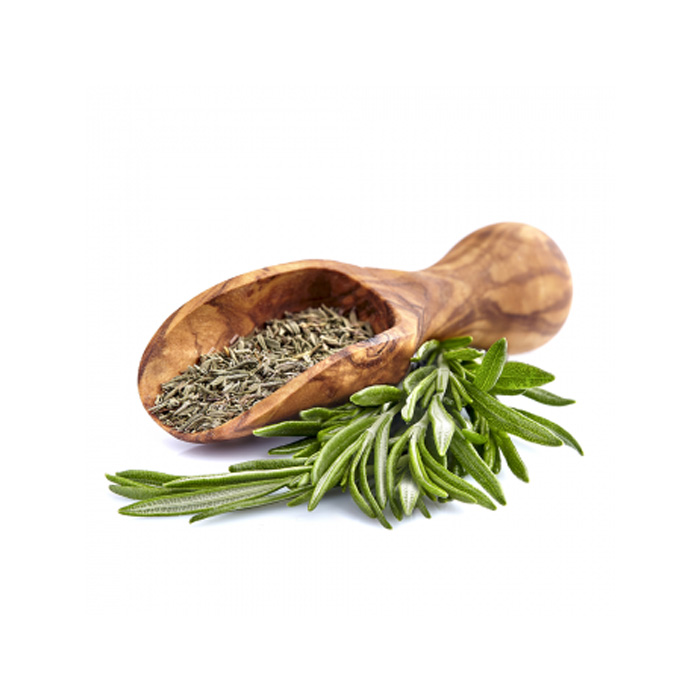
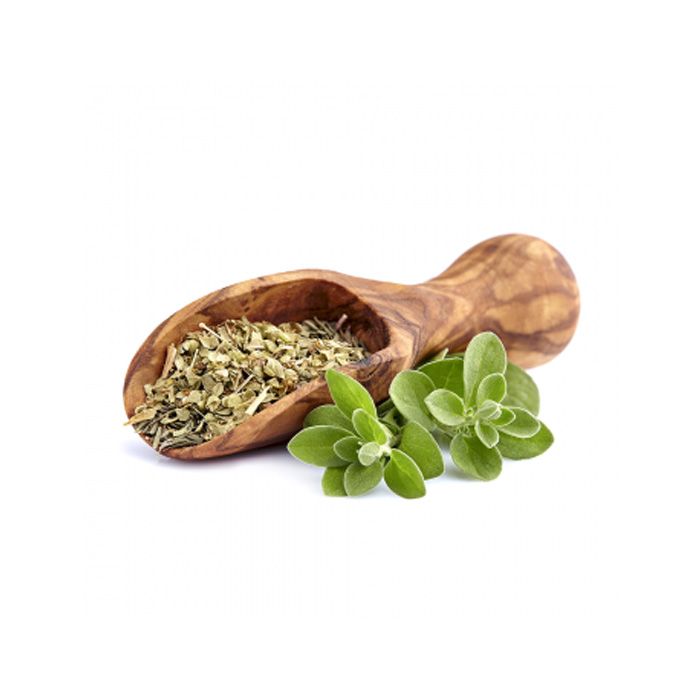
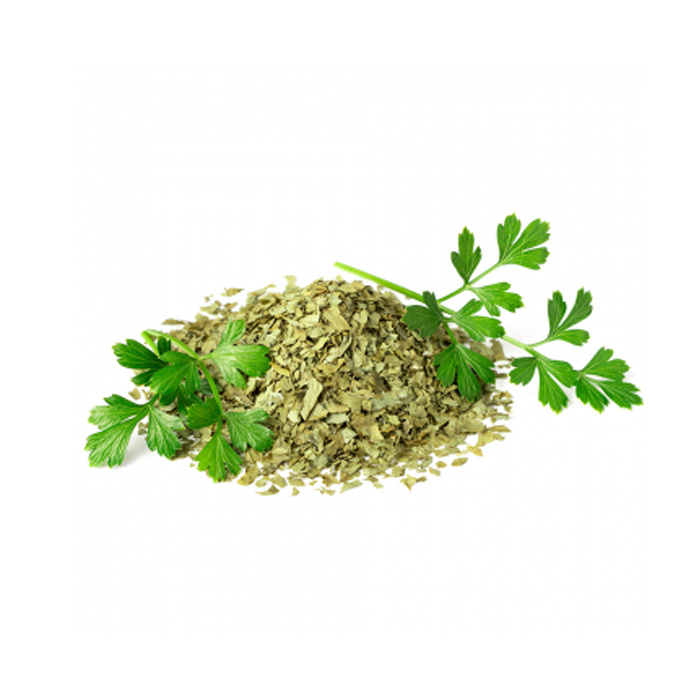
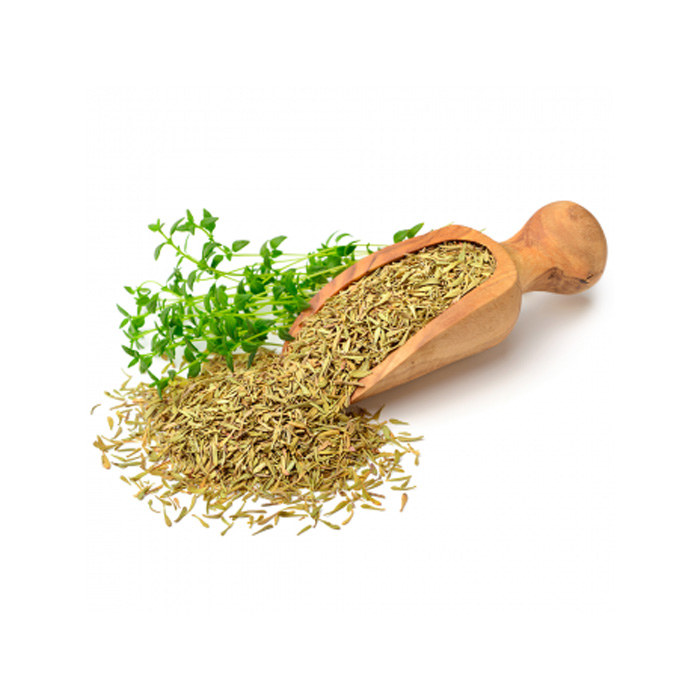
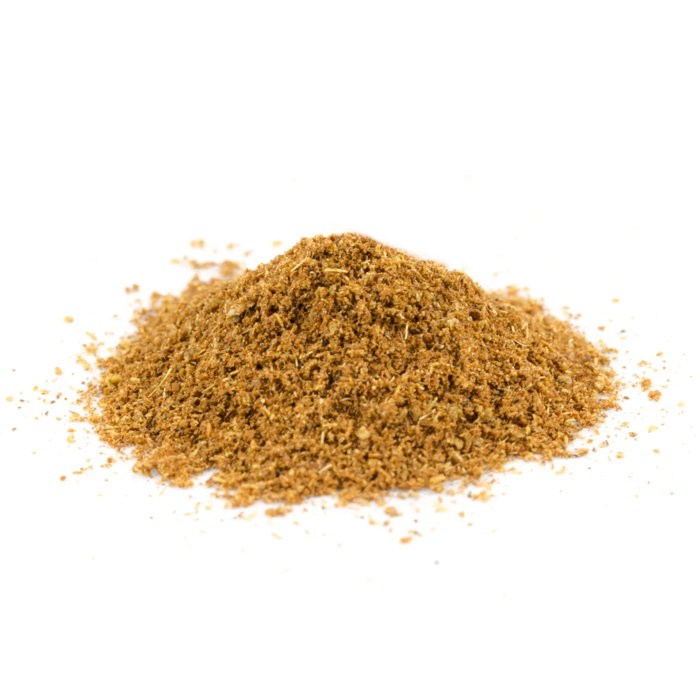
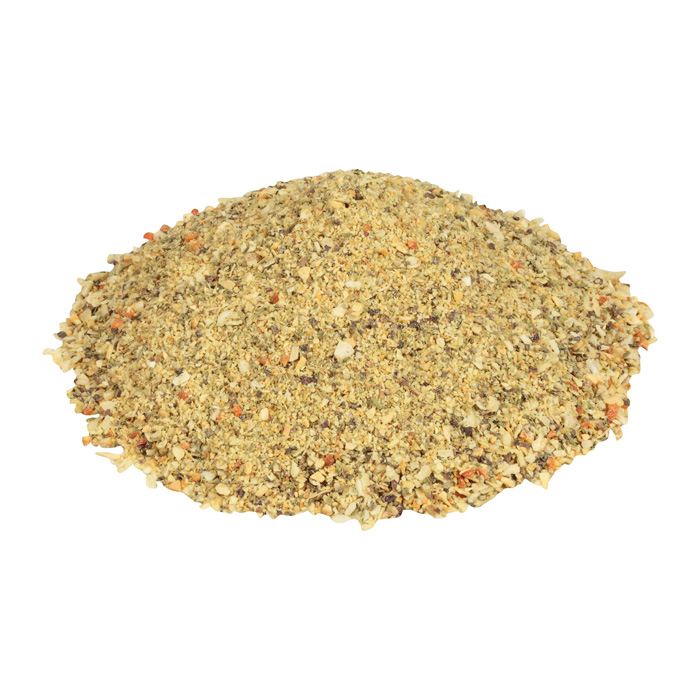
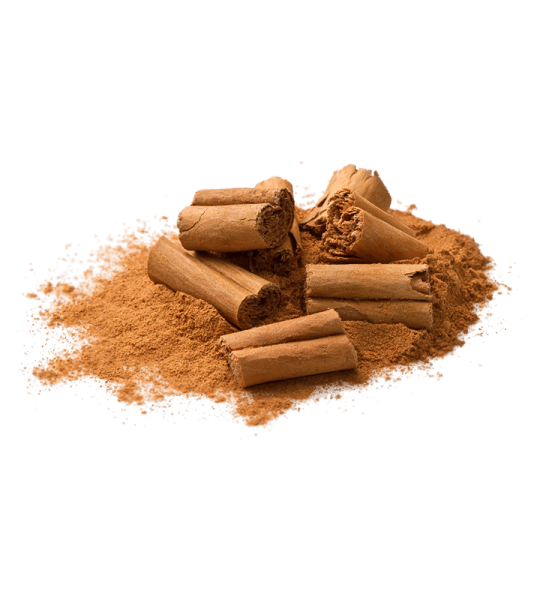
Reviews
There are no reviews yet.